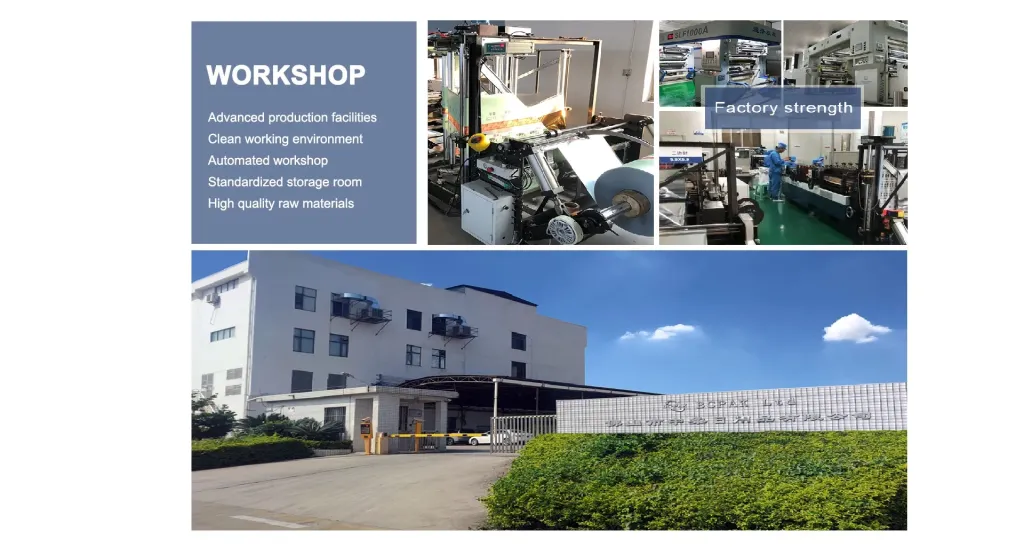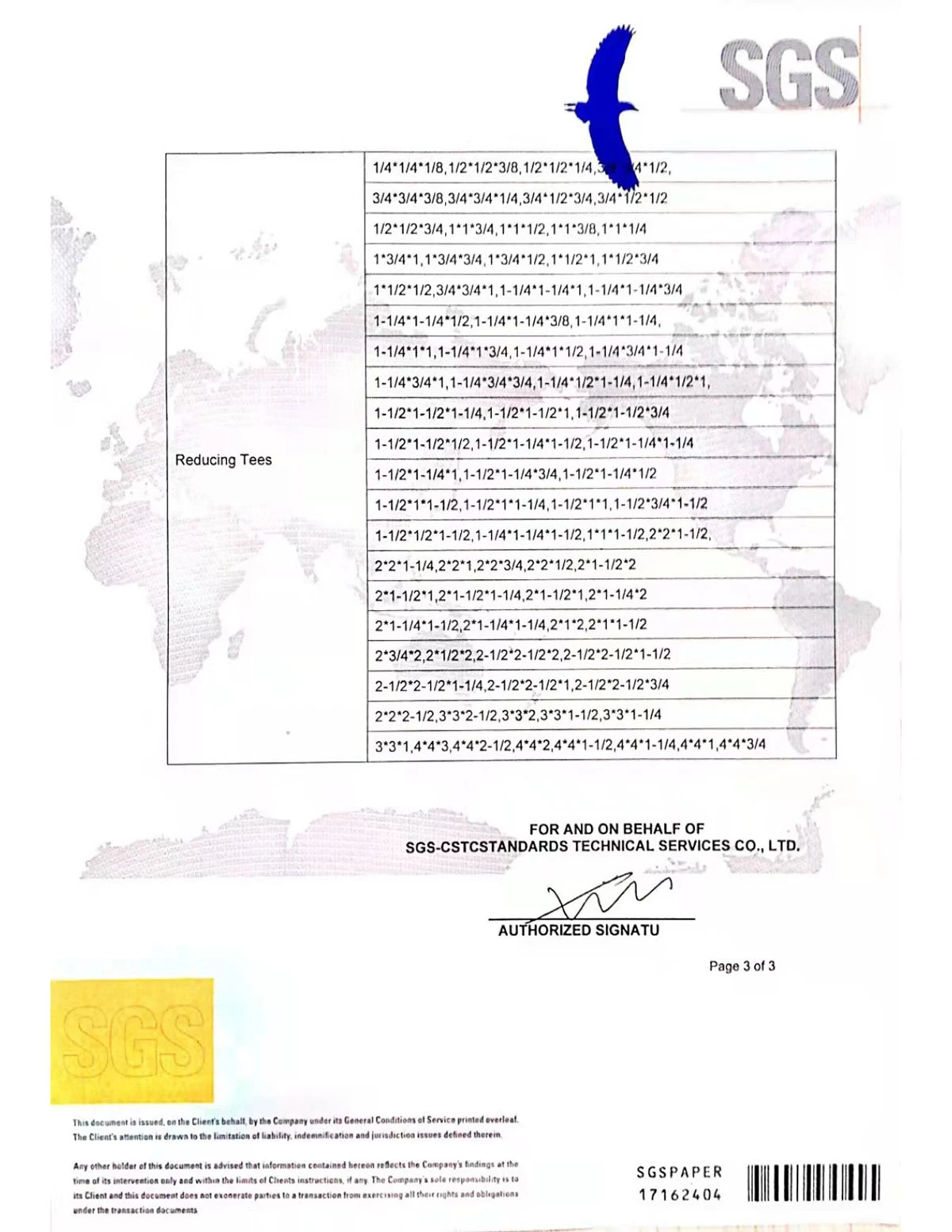Choosing the right fittings for connecting two pipes in the same direction can be a crucial task for anyone involved in plumbing or piping projects. With a plethora of options available in the market, understanding their applications, benefits, and limitations can greatly enhance the reliability and efficiency of your piping systems. This comprehensive guide delves into the intricacies of such fittings, empowering you with the knowledge to make informed decisions.

Fittings that connect two pipes in the same direction primarily include couplings, unions, and adapters, each serving distinct purposes depending on the specific requirements of your project. A coupling is one of the most straightforward solutions; it typically consists of a short length of pipe designed to connect two individual pipes directly. These are often used in permanent installations where dismantling the system is not anticipated. For scenarios where regular maintenance or disassembly is required, unions are preferable. Unions, unlike couplings, can easily be removed, thereby facilitating efficient repairs or alterations without disturbing the integrity of the entire piping system.
Another viable option for connecting two pipes in the same direction is an adapter. Adapters are particularly useful when dealing with pipes of differing materials or sizes, providing flexibility in terms of design and application. They are available in a variety of configurations, including male to female and vice versa, allowing for seamless transitions between pipe types. This adaptability makes adapters a valuable asset in complex systems where different materials might be employed for specific sections due to variable pressure or chemical exposure.

The material composition of the fitting plays a crucial role in determining its suitability for your project. Common materials include PVC, stainless steel, and copper; each has its own set of properties that impact performance. PVC fittings are cost-effective and corrosion-resistant, making them an ideal choice for non-pressurized systems such as drainage or irrigation. Stainless steel fittings, on the other hand, offer superior strength and resistance to high pressure and temperature, making them suitable for industrial applications. Copper fittings are renowned for their durability and are often used in residential plumbing systems where longevity is paramount.
fitting for connecting 2 pipes in same direction
Installation techniques for these fittings require adherence to specific guidelines to ensure optimal performance. For couplings and adapters, it's essential to achieve a tight seal to prevent leaks, which can be accomplished using Teflon tape or pipe dope. Unions, while easier to assemble and disassemble, must still be handled with care to ensure that the nut is properly tightened to maintain pressure without compromising the system's integrity.
In terms of design and aesthetic considerations, fittings are available in various finishes to match or complement the existing piping system. Whether opting for a matte, glossy, or metallic finish, these choices can influence not only the system's performance but also its visual appeal, notably in exposed installations such as those in modern architectural projects or industrial interiors.
The expertise required to select the appropriate fitting relies not only on an understanding of the technical specifications but also on an appreciation of the broader context in which the system operates. This includes factors such as the environmental conditions, potential exposure to corrosive substances, and even the anticipated lifespan of the installation.
In conclusion, investing in the right fittings for connecting two pipes in the same direction is a nuanced decision that hinges on a balance of practical considerations, material properties, and application-specific needs. By leveraging expert insights and reliable information, such as that presented in this guide, you can enhance the functionality and longevity of your piping systems, ensuring their performance meets and exceeds expectations over the long term.
Post time:
Jan-09-2025











